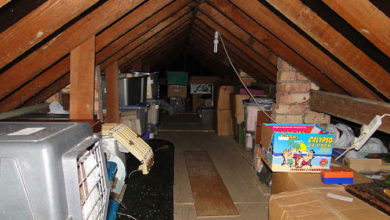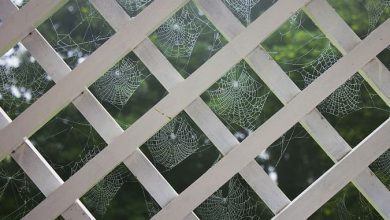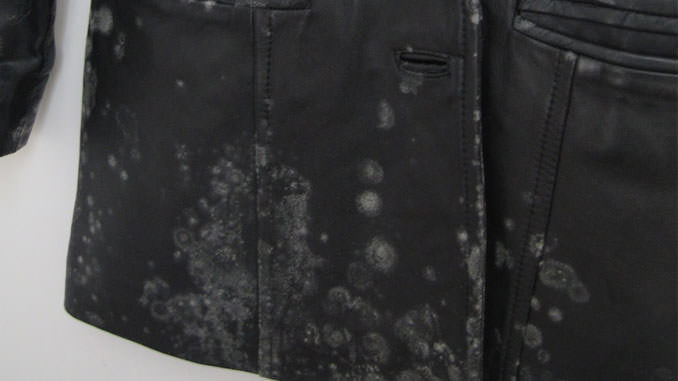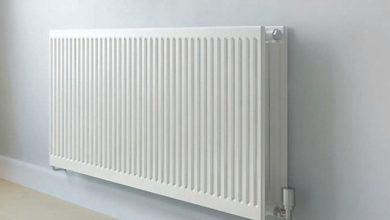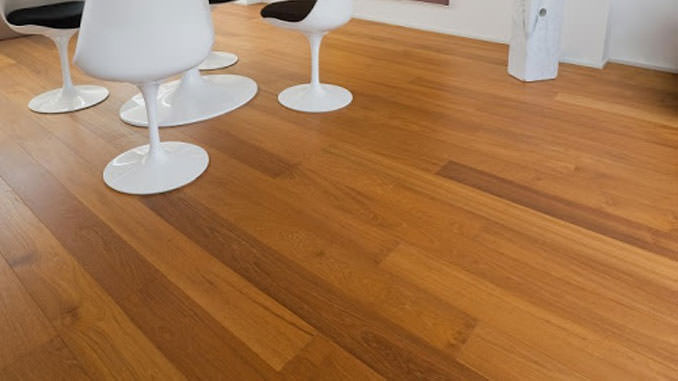
How to remove ink from Wooden Floors
When your home’s wooden flooring is accidentally smeared with ink stains, probably spilled from a ballpoint pen or a fountain pen, depending on the quality of the wood and the treatment given, it is possible to intervene the problem.
In the following guide, I will provide you with some useful and practical advice on removing ink from wooden floors correctly, and above all, without any residue. So let’s see how to proceed.
First of all, if the ink shows scattered and very conspicuous spots, try to reduce their amplitude to a minimum, using alcohol, the only one able to dilute it. Then, once you have obtained a more faded surface, depending on the type of wood, adjust accordingly regarding removing the halo released by the ink.
If the floor is in rough wood, to solve it immediately, it is advisable to use sandpaper to remove the residues of stains and the corresponding halo, then with a brush, apply flatting of the same shade and shine to even out the surface of the floor.
If the floor was originally treated with aniline and buffered, you could not use alcohol, as you run the risk of discoloring it, forming an unsightly whitish halo. In these cases, since the surface is smooth and silky, it reduces the stain.
It is advisable to use a rubber bread or the traditional latex one, then with a small bottle of aniline (specific for touch-ups of wooden surfaces) easily purchased in a DIY center, look for uniform color, and then apply the gloss using the pad or a synthetic preparation that can purchase in paint shops.
Subsequently, if the wooden floor is rustic, porous, and treated with wax, removing the ink can be difficult. However, using a specific product can eliminate it from the interstices and between the natural bas-reliefs of this type of wood.
To do this, you need to use ammonia, which must be applied with cotton wool on the ink stain, and left on for a good half hour, after which you must completely sprinkle the area with plenty of talcum which must be left for about ten minutes, then removed with a brush or vacuum cleaner.

